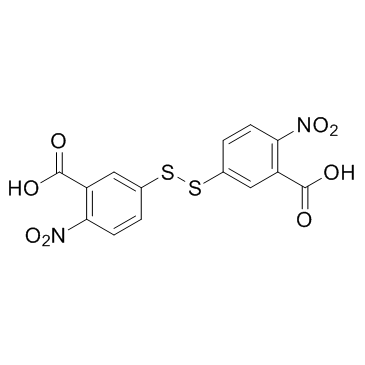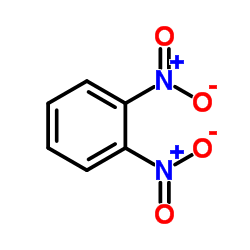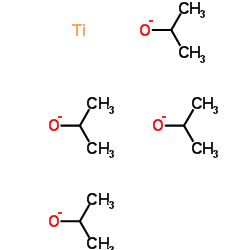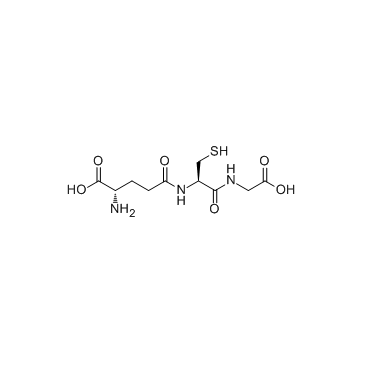| Structure | Name/CAS No. | Articles |
|---|---|---|
 |
sodium chloride
CAS:7647-14-5 |
|
 |
2-Nitrobenzoic acid
CAS:552-16-9 |
|
 |
Acetonitrile
CAS:75-05-8 |
|
 |
DTNB
CAS:69-78-3 |
|
 |
1,2-Dinitrobenzene
CAS:528-29-0 |
|
 |
Titanium(4+) tetrapropan-2-olate
CAS:546-68-9 |
|
 |
1-Propanol
CAS:71-23-8 |
|
 |
2,4-Dinitrochlorobenzene
CAS:97-00-7 |
|
 |
SODIUM CHLORIDE-35 CL
CAS:20510-55-8 |
|
 |
Glutathione
CAS:70-18-8 |